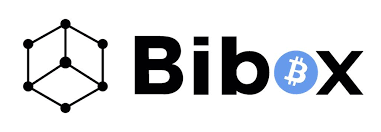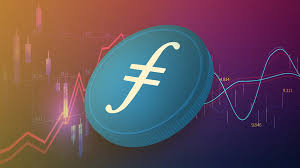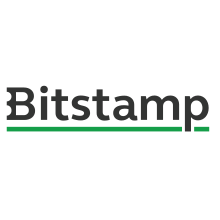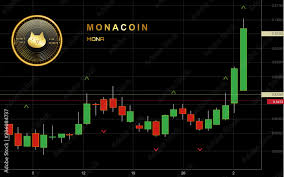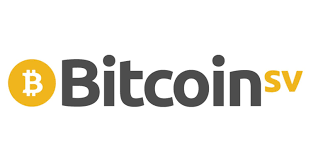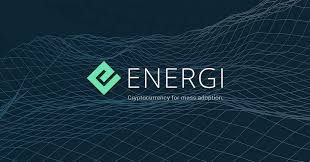By facilitating the trade of various digital assets, the Bytom blockchain technology aims to close the gap between the virtual and real worlds. Bytom, which was established in 2017, intends to provide a decentralized and functional ecosystem for the tokenization, administration, and trading of assets. The different facets of Bytom, including its technology, functionality, use cases, and possible future advancements, will be covered in this article.

How Bytom works
Proof-of-work (PoW) and Proof-of-Asset (PoA) are combined in a novel hybrid consensus process used by Bytom. PoW is used to issue assets and verify transactions, whereas PoA is in charge of ensuring the legitimacy of assets. The PoA consensus process makes it more appropriate for tokenizing actual assets like real estate, commodities, and other physical items. This is done by ensuring that the assets on the Bytom blockchain are tangible and have real-world value.
Core infrastructure
The three primary parts of Bytom’s basic infrastructure are as follows:
Bytom blockchain
All assets are tokenized and exchanged on this platform layer, which is its base. For improved security and anonymity, it employs a UTXO-based (Unspent Transaction Output) paradigm similar to that of Bitcoin.
Asset interaction
The smooth connection between various asset kinds is made possible by this layer. By supporting sidechain assets, and other digital assets from other blockchains, in addition to native assets, Bytom makes cross-chain asset transfers and interoperability possible.
Data transmission
This layer ensures that data is sent throughout the network effectively and securely. It enables a variety of use cases by enabling interaction between smart contracts and DApps with different assets.
Use cases
Due to Bytom’s adaptability, several use cases exist across various sectors. The most noticeable ones include:
Asset tokenization
Physical assets including commodities, precious metals, and real estate may be tokenized using Bytom. This makes fractional ownership possible and makes it simpler for people to invest in these expensive assets.
Supply chain administration
Bytom improves supply chain management by producing digital assets that can be verified and tracked. The technology may be used by businesses to monitor products, confirm their authenticity, and stop counterfeiting.
Decentralized finance
Decentralized exchanges, lending platforms, and stablecoins are just some of the financial goods that may be produced thanks to Decentralized Finance (DeFi) Bytom. DeFi services are readily accessible by users without the need for conventional middlemen.
Rights to intellectual property
Utilizing Bytom’s blockchain, intellectual property rights may be registered and protected, assuring the transparency and validity of creative creations.
Collectibles and video games
The development and exchange of virtual goods and collectibles are made easier by Bytom. Players who use the site may really own and exchange their virtual goods.
Development and team
Chang Jia, a well-known name in the Chinese blockchain industry, launched the Bytom project. The development team is made up of accomplished blockchain programmers, cryptography specialists, and business veterans. Bytom also has a welcoming community and a noticeable presence on many social media sites. The source code for Bytom’s development is accessible on GitHub. This promotes openness and invites community contributions, further enhancing the platform’s functionality and security.
Bytom’s native token (BTM)
To conduct transactions on the network, the native Bytom Coin (BTM) is required. It was released in a 2017 ICO in June or July. 33% of the entire supply was kept back as mining awards while the remaining 67% were distributed during the ICO period. There are 1.407 billion coins in circulation right now out of an eventual total quantity of 2.1 billion. The first four years would see 86.625 million coins made accessible to miners, according to the plans. The mining incentives will thereafter decrease by half every four years until the whole 2.1 billion currency supply has been distributed. On the Bytom blockchain, BTM is used to produce new assets, and users must pay BTM as transaction fees to carry out operations. Miners who take part in the PoW consensus method are rewarded with BTM. Owners of BTMs may take part in on-chain governance to vote and propose protocol improvements.
User experience using Bytom wallets
Users need a suitable wallet to manage assets and interact with Bytom’s blockchain. To accommodate varying user preferences and degrees of protection, Bytom provides a variety of wallet choices, including online wallets, desktop wallets, and mobile wallets. These wallets enable Bytom’s smart contracts and DApps and provide simple access to BTM and other assets. The Bytom platform’s user interface is always becoming better. Bytom hopes to increase the accessibility of asset tokenization and administration to a wider audience as blockchain technology becomes more user-friendly.
What Bytom’s future holds
According to Bytom, everything of value will eventually be digitalized and move to a blockchain. This will make it possible for it to be used in a variety of ways, including storage, trading, buying, selling, and manipulation via smart contracts, mostly. If BTM is successful, a new age of asset tokenization may come about. Given the work they have already done, the future seems bright. Projects that provide significant value to consumers will undoubtedly boost the cryptocurrency industry.
You can also find these articles helpful
Bitcoin vs Bytom
Is it profitable to trade Bytom
The profitability of mining Crown cryptocurrency
